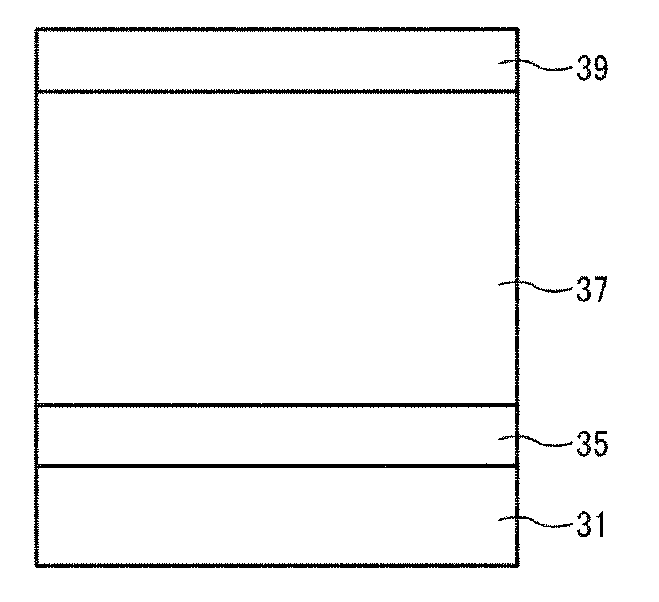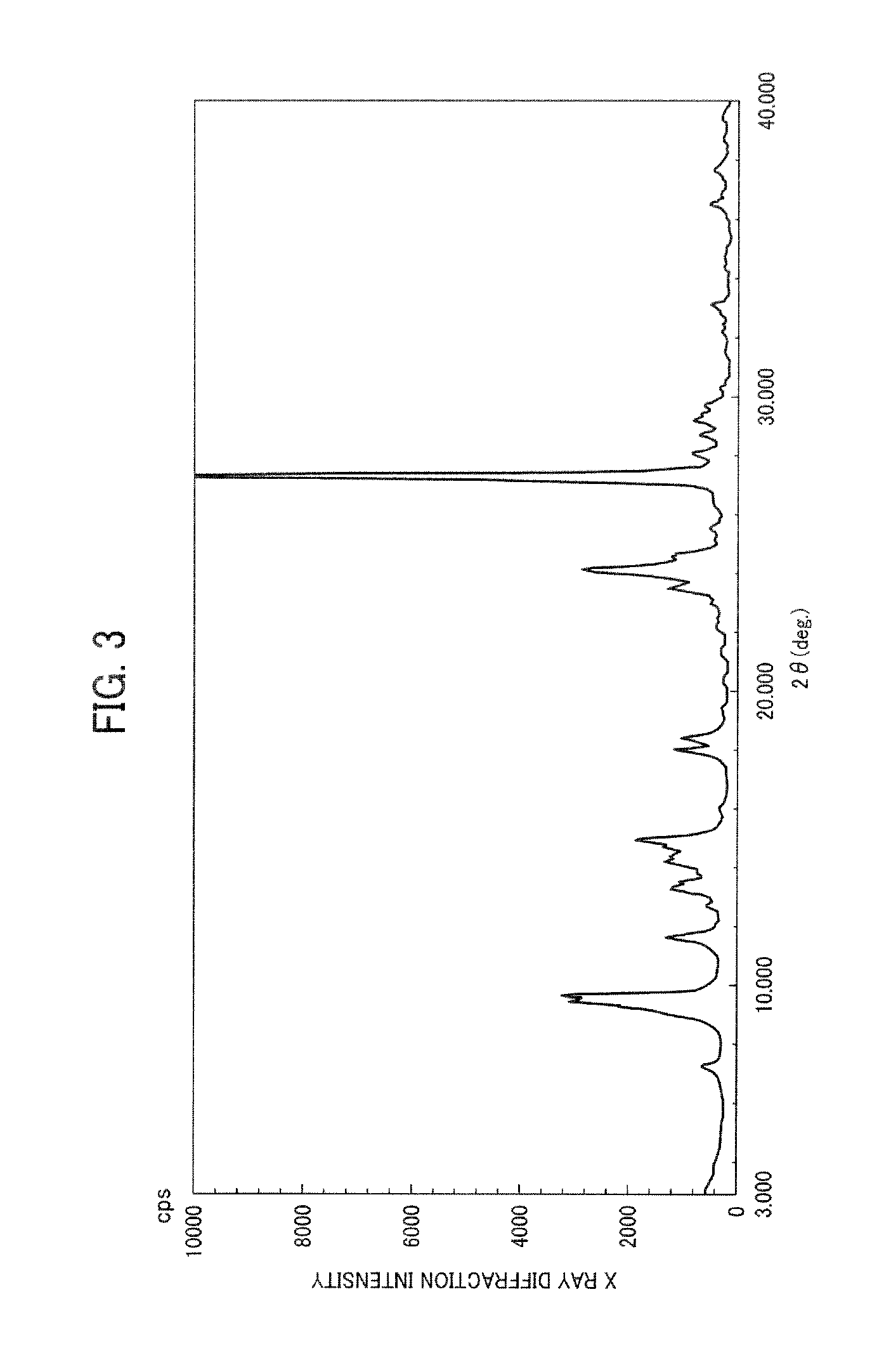Image bearing member and image forming method, image forming apparatus, and process cartridge using the same
a technology of image bearing member and image bearing member, which is applied in the direction of electrographic process apparatus, instruments, optics, etc., can solve the problems of opc remaining elusive, volume in the quick printing field extremely increasing, and severe demand for image quality stability
- Summary
- Abstract
- Description
- Claims
- Application Information
AI Technical Summary
Benefits of technology
Problems solved by technology
Method used
Image
Examples
example 1
[0210]Liquid application of undercoating layer having the following recipe is applied to an aluminum substrate (outer diameter: 60 mmΦ) by a dip coating method to form an undercoating layer having a thickness of 3.5 μm after drying at 130° C. for 20 minutes.
Liquid Application for Undercoating Layer
[0211]
Titanium dioxide powder (TIPAQUE CR-EL, manufactured400 partsby Ishihara Sangyo Kaisha Ltd.):Melamine resin (Super-beckamine G-821-60, manufactured by 65 partsDainippon Ink and Chemicals, Inc.):Alkyd resin (Beckolite M6401-50, manufactured by120 partsDainippon Ink and Chemicals, Inc.):2-butanone:400 parts
[0212]Liquid application for charge generating layer having the following recipe is applied to the undercoating layer formed as described above by a dip coating followed by heating and drying at 90° C. for 20 minutes to form a charge generating layer having a thickness of 0.2 μm.
Liquid Application for Charge Generating Layer
[0213]
Titanylphthalocyanine:8 partsPolyvinylbutyral (BX-1, m...
example 2
[0218]The image bearing member of Example 2 is manufactured in the same manner as in Example 1 except that 10 parts of the compound No. 3 illustrated above is used instead of 10 parts of the compound No. 2.
example 3
[0219]The image bearing member of Example 3 is manufactured in the same manner as in Example 1 except that 10 parts of the compound No. 5 illustrated above is used instead of 10 parts of the compound No. 2.
PUM
 Login to View More
Login to View More Abstract
Description
Claims
Application Information
 Login to View More
Login to View More - R&D
- Intellectual Property
- Life Sciences
- Materials
- Tech Scout
- Unparalleled Data Quality
- Higher Quality Content
- 60% Fewer Hallucinations
Browse by: Latest US Patents, China's latest patents, Technical Efficacy Thesaurus, Application Domain, Technology Topic, Popular Technical Reports.
© 2025 PatSnap. All rights reserved.Legal|Privacy policy|Modern Slavery Act Transparency Statement|Sitemap|About US| Contact US: help@patsnap.com



